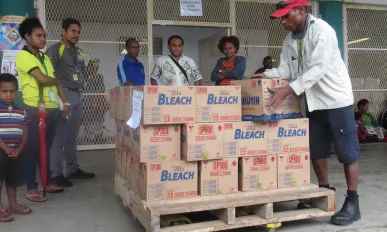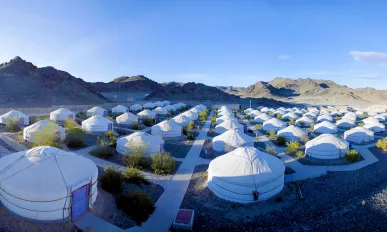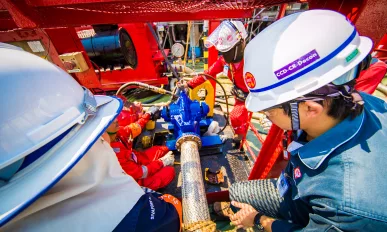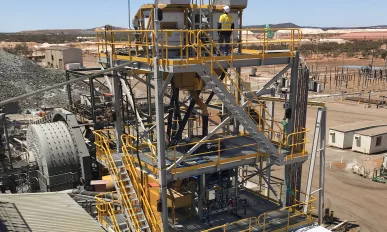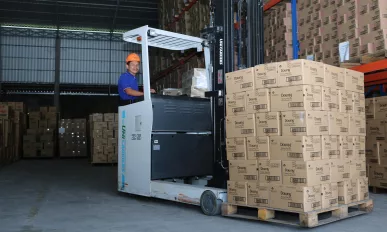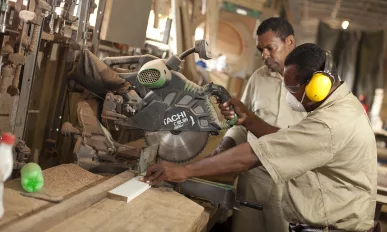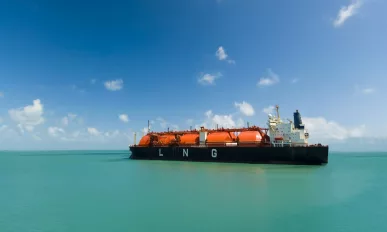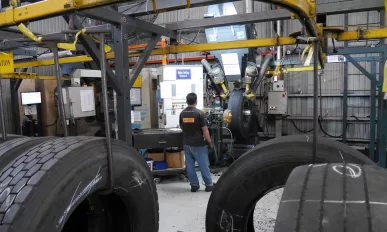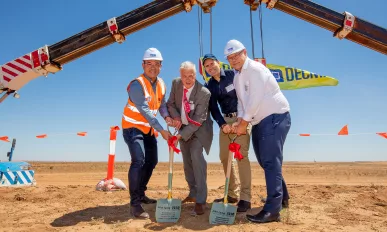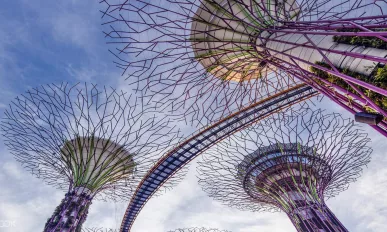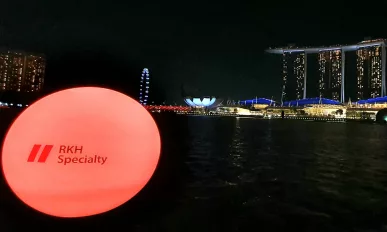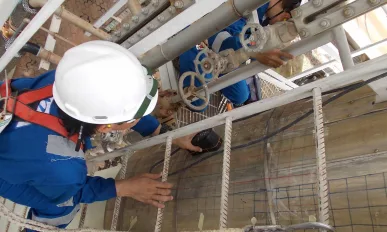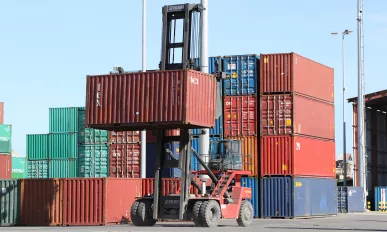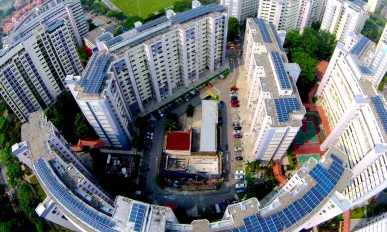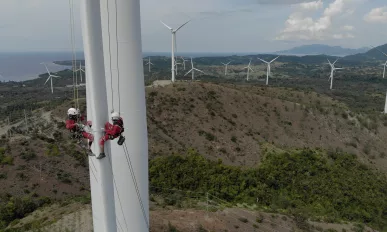Issue 41
Super Value Stores : Enhancing Quality, Expanding Quantity
For PNG-based business Super Value Stores, wholesale and retail is all about creating customer benefit by providing better products at better prices.
Anytime Fitness Asia : Changing Lives
Anytime Fitness Asia has established itself in hundreds of communities across eight countries, its gyms becoming a welcoming home away from home for its members, staff, and franchisees.
Bayan Airag Exploration : Mongolia’s Responsible Miner
Having invested in excess of $150 million into one the remotest areas of western Mongolia, Bayan Airag is imparting a positive legacy from its gold and silver mining operations.
CR Asia Group : A Multi-Disciplined Maintenance Mastermind
Driven by a mission to become the partner of choice in delivering comprehensive maintenance solutions, CR Asia Group is uplifting industries, communities and people alike across the continent with its customer-centric contracting.
Gekko Systems : Modernising Mining
Bringing a fresh approach to the global mining table, the innovative offerings and next-gen technologies of Gekko Systems are helping to uphold the industry’s digital upheaval.
Goodhill Enterprise : Distribution Dynamo
Goodhill Enterprise (Cambodia) Ltd is enjoying a remarkable growth curve which is ahead of the country as a whole, bringing more international brands to retailers and consumers.
Hornibrook NGI : Driven by Development
A company characterised by transition and transformation, Hornibrook NGI continues to catalyse PNG’s economy with its diversified construction services.
Inchcape Shipping Services : Global, Local, Transparent
By adding a global, technology-enabled layer of transparency to shipping agency operations, Inchcape Shipping Services continues to gain the trust of clients to manage their vessels and cargo the world over.
Kit Loong Commercial Tyre Group : Keeping the Wheels in Motion
Kit Loong Commercial Tyre Group is helping companies across Malaysia to remain on the road, its comprehensive offering underpinned by unrivalled expertise, brand partnerships and technology.
Maoneng : Solar Splendour
10 years ago, Maoneng was a humble startup operating in a western suburb of Sydney. Today, it is one of Asia Pacific’s leading solar entities, helping to spearhead the global energy revolution.
Matrix Composites & Engineering : The Lean Machinist
Matrix Composites & Engineering is exporting Australian-made advanced materials all over the world, its lean production principles adding a competitive edge.
Meinhardt Singapore : Singapore’s Shapeshifter
Thanks to its one-stop shop approach and can-do attitude, Meinhardt Singapore has been involved in nearly 4,000 projects across the city-state since it started out as a 10-person operation in 1974.
RKH Specialty : The Knowledge Broker
By extending its in-house talent and integrating capabilities of partner organisations, RKH Specialty is able to provide an unrivalled insurance offering to businesses, institutions and governmental bodies across the APAC region.
Rutledge Group : Safety First
Rutledge Group, through its three specialised divisions, continues to innovate and uplift the profile of HSE practices across industries such as oil and gas.
Solomon Islands Ports Authority (SIPA) : Maritime Marvel
Solomon Islands Ports Authority (SIPA) is charting the Solomon Islands’ progressive, transformative maritime course, its two key ports now standing as crucial pillars of the national economy.
Sunseap Group : Singapore’s Leading Light
Empowering Southeast Asia with a portfolio of 1.7 GW of solar projects, Sunseap Group continues to spearhead change with its innovative, agile solutions.
VIVABLAST : Preserving Industry Empowering People
A business epitomising the meteoric rise of Vietnam and ASEAN during the past two decades, VIVABLAST successfully fuses Asian culture and values with western techniques to deliver excellence in industrial asset preservation.
Sri Lanka Travel Guide : The Island Packed with Culture
You’ll struggle to find a destination as small and navigable as Sri Lanka with so many significant cultural and natural sights.



